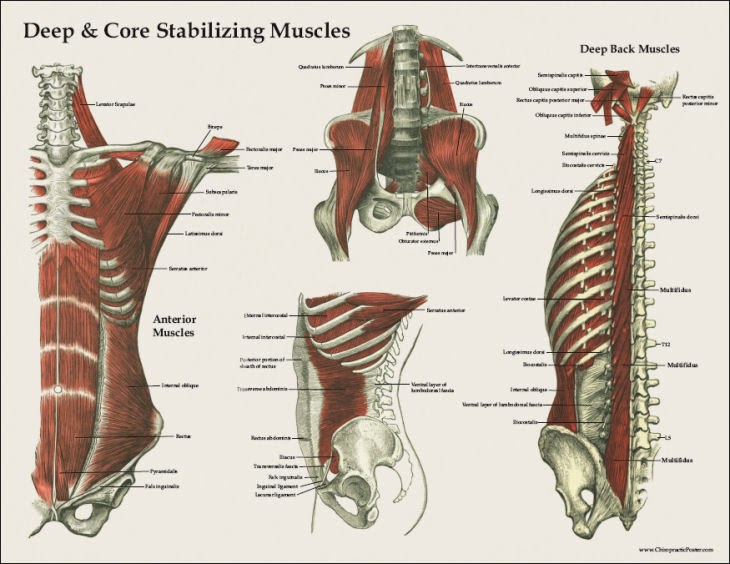How do you go from where you are to where you wanna be? And I think you have to have an enthusiasm for life. You have to have a dream, a goal. And you have to be willing to work for it.
Consider this my fitness year in review article. Almost a
year ago to the day, on December 13, 2014, I sat down and outlined six personal
goals for improving my fitness level. In particular, I decided to focus on
improving my maximal strength while improving conditioning by making these six
goals my target. In you want an in-depth look at my 2014 goals, go here,. I will briefly outline them in
this post. My six goals were:
1.
Maintain Bodyweight between 170-180lbs. Failed
2.
Perform the “Good Morning” strength exercise
with my body weight for 10 repetitions Accomplished
in September
4.
Back Squat 400lbs Accomplished in December
5.
Hang Clean my body weight for sets of 10 Accomplished in October
6.
Meet the Sprint Protocol Outlined in the
Original Post Accomplished in November
It should be noted that with the Good Morning, Deadlifts,
Back Squat, and Hang Cleans that I do these exercises without the assistance of
a weight belt. The reasoning is simple: the weight belt, while it does help improve
the amount of weight a person can lift on certain exercises, is filler for poor
form and muscular weakness. My personal feeling is that maintaining correct
form with slightly less than maximal weight is both safer and more productive
for long-term strength improvements than using the assistance of a belt to lift
heavier weight, while sacrificing form, than one could safely do without it.
Others may disagree with me; however, I am not just interested in being healthy
and strong while I am young. I want to be doing this when I am eighty. I will
take slower and safer progress for the sake of long term activity.
So how did I do with these goals? I smashed numbers 2, 3, 4,
5, and 6 while I utterly failed number one. I underestimated the muscle gain
that would accompany the strength gains.
I am ending 2014 at around 195lbs, most of which should be straight
muscle gain. How I am I confident of this? I am anal about tracking my caloric
intake and monitoring body composition changes in light of my goals. It pretty
simple: the shoulder, arms, and chest of my shirts are tighter while the
stomach area and waist of my pants has gotten a little smaller during the time
that the scale has been reading heavier. I am not complaining about this one
bit. But I did ‘fail’ this particular goal.
If you have followed my blog at all in the past, you may
notice that discussing goals is becoming a reoccurring theme. I truly believe
that having clear, well-defined, written goals with a specific deadline is a
powerful thing in any area of life, but especially when focusing on health and
fitness. After eight years of working in the fitness industry I have become
convinced that people struggle and fail with any and all kinds of programs
because they never make the effort to establish a solid goal prior to
beginning.
Now it is time to ask yourself a question, do you feel like
2014 was a productive year in terms of improving your personal health and
fitness? Did you set a goal at the beginning of the year? If so, most likely
that goal was accomplished or, at the very least, noticeable progress towards
accomplishing the goal was made. One of the often unrecognized benefits of
having clearly defined goals is that they help hold a person accountable to
staying on task. This enables a person to remain more focused on a deliberate
process that will bring about the completion of the goal. Going back to my
list, notice that with the exception of number four, all of my goals were
completed ahead of schedule. Going into the year, I knew that the four hundred
pound back squat would be the most challenging of the goals to achieve. I am
not surprised that it took the longest to accomplish. But even the hardest
challenge was overcome because I made it a clear and written goal with a
deadline.
I often talk with people whom are frustrated with a lack of
progress and feel like they are wasting time when it comes to exercising. Most
people have an idea of what they want put no clearly defined goal. A goal is a
target, something at which to aim. But if a person is not aiming at something
specific then that person will miss: every single time. Do you want 2015 to be
better than 2014? Figure out what you want to accomplish and set a specific
deadline. Only then will you be able to look back and see what has been
accomplished.










